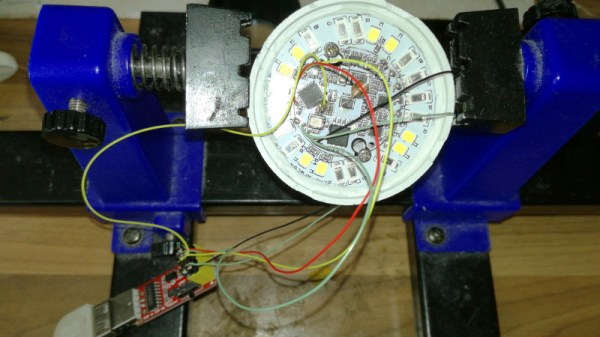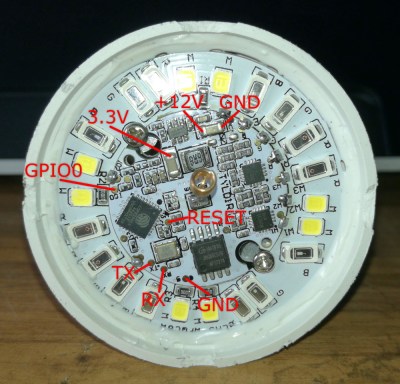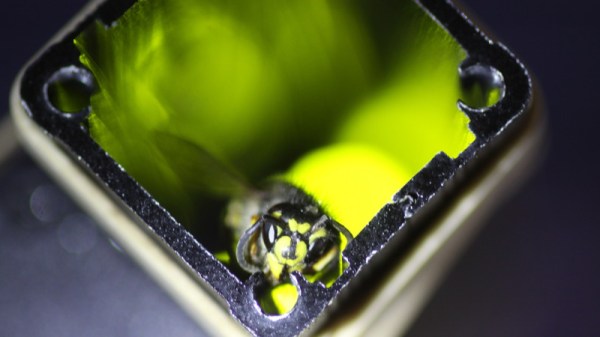Since Sputnik launched in the 1950s, its been possible to look outside at night and spot artificial satellites orbiting with the naked eye. While Sputnik isn’t up there anymore, a larger, more modern satellite is readily located: the International Space Station. In fact, NASA has a program which will alert anyone who signs up when the ISS is about to fly overhead. A better alert, though, is this ISS notifier which is a dedicated piece of hardware that guarantees you won’t miss the next flyby.
This notifier is built around the Tokymaker, a platform aimed at making electronics projects almost painfully easy to learn. Connections to various modules can be made without soldering, and programming is done via a graphical interface reminiscent of Scratch. Using these tools, [jaime_lc98] designed a tool which flips up a tiny paper astronaut whenever the ISS is nearby. The software side takes advantage of IFTTT to easily and reliably control the servo on the Tokymaker.
The project pages goes into detail about how to set up IFTTT and also how to use the block-style language to program the Tokymaker. It’s pretty straightforward to get it up and running, relatively inexpensive, and looks like a great way to get the miniature hackers in your life excited about space. If they happen to learn a little something in the proces, well, we won’t tell them if you won’t. It might also be a good stepping stone on the way to other ISS-related hacks.






















